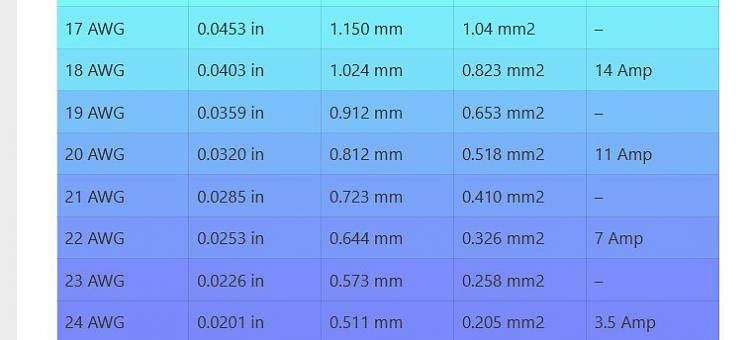New
#11
That is never going to happen as device mfg's are abusing the standard and misleading consumers in not knowing these differences. Mfgs of devices have to design the power charging circuit to limit these higher voltages and wattages of those power supplies not meant for them, which increases costs of the device. Cheap devices will always catch on fire because they do not contain the protections needed to place limits on voltage and wattage.


 Quote
Quote

